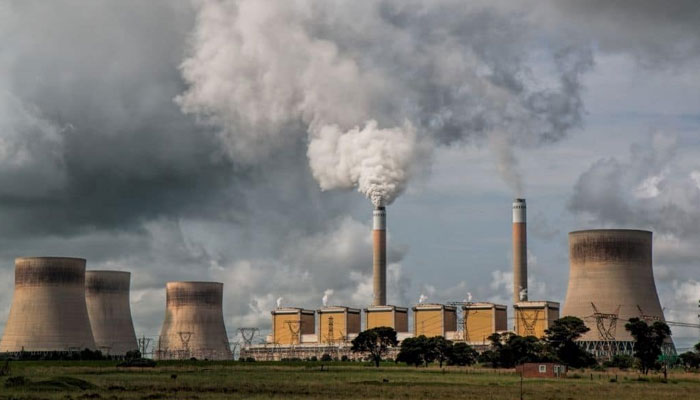In response to soaring electricity demand and the rising price of gas, coal-fired electricity generators worldwide are generating more power than ever before.
The 10,244 terawatt-hours (TWh) that coal-fired generators produced in 2021 broke the previous best of 10,098 TWh that had been achieved in 2018. As generators in Europe and Asia reduce their use of pricey gas in response to Russia’s invasion of Ukraine and the U.S. and EU’s sanctions that followed, coal-fueled power is on track to reach an even higher record in 2022.
However, despite replacing older, less effective coal generators with newer, more efficient ones that require less fuel per kilowatt, mining output was still slightly below the record established between 2012 and 2014.
In comparison to the 8,180–8,256 million tonnes produced annually between 2012 and 2014, 8,173 million tonnes of coal were mined globally in 2021. However, mine output is also anticipated to surpass previous records this year as the growing demand for coal-fired electricity generation outpaces gains in efficiency.
RESILIENCE OF COAL
Policymakers in the US and EU were surprised by the revival of coal because they had anticipated it to decline as part of their strategy for net zero emissions.
In comparison to hydropower (2.0%), gas (2.8%), wind (15.5%), and solar energy (31.7%), coal generation grew more slowly (1.2% annually) between 2011 and 2021. Due to this, coal’s global share of total generation has dropped from a recent peak of 40.8% to 36.0% in 2021.
However, the staggering rise in electricity demand (2.5% annually) guaranteed an increase in demand for all types of generation. The demand for electricity is expected to continue to rise through at least 2027, outpacing advances in combustion efficiency and the use of gas and renewable energy sources as alternatives.
TURBOCHARGED
These trends have been accelerated by the swift economic recovery following the pandemic, which has increased power demand and the reliance on coal-fired generation while pushing coal consumption to historic levels.
The invasion of Ukraine by Russia and the subsequent drop in gas exports have increased demand even more as countries try to domesticate their energy sources and generators aim to consume as little expensive gas as possible. Governments in Europe are urging coal-burning generators to stay in operation longer rather than shut down in the event that gas supplies from Russia are cut off during the winter of 2022–2023.
China and India are pressing domestic miners to increase output to record levels in response to shortages and security worries in order to provide adequate fuel stocks and reduce their reliance on pricey imported coal and gas. Between January and June, China’s coal production increased to a record 2,192 million tonnes, up from 1,949 million over the same period last year and 1,758 million before the pandemic in 2019.
Between January and May, India’s production increased to a record 393 million tonnes, up from 349 million the previous year.
SHORTAGE OF FUEL
There is still a global fuel deficit despite the fast expansion of domestic coal output in China and India, which has driven fuel prices to their highest level in real terms in more than 50 years.
By rerouting Russian coal to Asia and coal from Indonesia and Australia to Europe, which results in longer and more expensive voyages, U.S. and EU sanctions have increased upward pressure on pricing.
Longer trips have a direct and significant impact on the landed price paid by power companies since coal is the heaviest and most expensive material to ship relative to its value. As coal-fired generators race to get fuel so they can run their units for as many hours as possible, higher gas costs in Europe are also pushing up coal prices in their path.
Gas delivered in Northwest Europe is now priced at €157 per megawatt-hour, up from €41 at the same time in 2021, while coal is now priced at €53, up from €16. Coal, gas, and electricity shortages are anticipated to worsen if the northern hemisphere winter of 2022–2023 is colder than usual, and this is likely to necessitate some kind of energy restriction or allocation.
The global lack of coal is a component of a larger energy shortfall that is seen in the markets for petroleum, diesel, gas, and electricity. In each instance, the shortage is a result of the pandemic’s strong cyclical rebound, which has been exacerbated by Russia’s incursion into Ukraine and the ensuing sanctions.
Record prices are strongly encouraging producers to raise output and consumers to practise energy conservation. However, to relieve the immediate strain on stockpiles and give supply time to catch up with consumption, stabilising the coal market will likely necessitate a significant slowdown in the big economies. This is similar to what happened with oil and diesel.





































